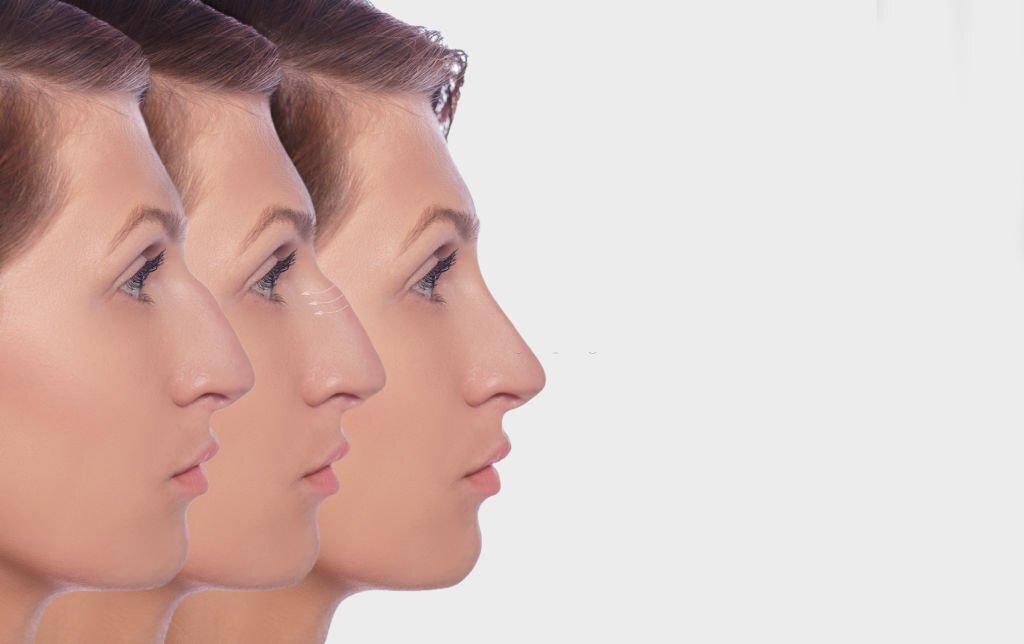Blogs

Clinical Features of Hair Loss
Hair loss, particularly androgenetic alopecia, manifests as patterned and non-scarring hair loss with the preservation of follicular ostia (the openings of hair follicles). In men, this typically presents as a receding frontal hairline along with thinning or balding at the vertex or crown of the head. The pattern and progression of hair loss in men can vary, but it generally follows a predictable pattern, often starting with temple recession and progressing to more extensive thinning on the top of the head.
Diagnosis of Male Pattern Baldness
The diagnosis of male pattern baldness, also known as androgenetic alopecia, is primarily based on clinical examination. Dermatologists and healthcare providers assess the characteristic patterns of hair loss, the history of hair thinning, and any family history of similar conditions. A physical examination of the scalp is usually sufficient to diagnose this condition. In some cases, a scalp biopsy or blood tests may be performed to rule out other causes of hair loss, but these are not typically necessary for diagnosing androgenetic alopecia.
Female Pattern Hair Loss (FPHL)
Age and Onset
Female pattern hair loss can begin at any age from puberty onward, with the average age of onset being in the 30s. Most women with androgenetic alopecia experience a history of gradual scalp thinning over a period of time. This condition is more subtle in its early stages compared to male pattern baldness and can progress slowly, often making it less noticeable until significant thinning has occurred.
Clinical Presentation
Women with FPHL often have a history of telogen effluvium, which is a condition characterized by excessive hair shedding. This shedding may precede the more obvious clinical signs of hair density reduction. Typically, FPHL presents as a widening of the central parting of the hair, with diffuse reduction in hair density primarily affecting the frontal scalp and crown. Unlike male pattern baldness, the frontal hairline is usually retained, even as thinning progresses. This distinctive pattern helps differentiate FPHL from other forms of hair loss.
Ludwig Classification
The Ludwig Classification is the most commonly used system to describe the stages of female pattern genetic hair loss. It categorizes the severity of hair loss into three types:
– Type I (Mild): This stage involves minimal thinning that can be easily camouflaged with hair styling. There is slight widening of the central parting, and the overall hair density appears slightly reduced.
– Type II (Moderate): At this stage, the thinning becomes more noticeable, and there is a significant widening of the central parting. Hair density is visibly reduced, and the scalp may start to become more visible through the hair.
– Type III (Extensive): This stage is characterized by extensive thinning with a pronounced widening of the central parting. Hair density is significantly reduced, and the scalp is easily visible. The thinning is diffuse, primarily affecting the crown and frontal scalp but sparing the frontal hairline.
Factors Influencing Hair Loss
Genetic Factors
Both male and female pattern hair loss are largely influenced by genetics. Family history plays a significant role in the likelihood and pattern of hair loss. Genes inherited from both parents can affect the sensitivity of hair follicles to androgens, the hormones responsible for hair thinning and miniaturization of the follicles.
Hormonal Influence
Androgens, particularly dihydrotestosterone (DHT), play a crucial role in androgenetic alopecia. In men, increased levels of DHT can lead to the miniaturization of hair follicles, shortening the growth phase of hair and resulting in thinning and baldness. In women, hormonal changes, particularly those related to menopause, can influence the onset and progression of FPHL. Hormonal imbalances such as polycystic ovary syndrome (PCOS) can also exacerbate hair loss in women.
Management and Treatment
Medical Treatments
– Minoxidil: This topical treatment is widely used for both men and women. It helps to prolong the growth phase of hair follicles and can improve hair density and thickness. Minoxidil is available over the counter and is applied directly to the scalp.
– Finasteride: This oral medication is commonly prescribed for men. It works by inhibiting the conversion of testosterone to DHT, thereby reducing the levels of DHT in the scalp and slowing hair loss. Finasteride is not typically used in women due to potential side effects, particularly in premenopausal women.
Lifestyle and Dietary Considerations
Maintaining a healthy diet rich in vitamins and minerals that support hair health, such as biotin, zinc, and iron, can help manage hair loss. Stress reduction techniques and avoiding harsh hair treatments or styles that pull on the hair can also be beneficial.
Surgical Options
– Hair Transplantation: This surgical procedure involves moving hair follicles from areas of the scalp with dense hair growth to areas experiencing thinning or balding. It can provide a more permanent solution to hair loss, particularly for men with stable hair loss patterns.
– Scalp Reduction: This less common procedure involves removing balding areas of the scalp and stretching areas with hair over them.
Understanding the clinical features, diagnosis, and management of hair loss is crucial for individuals experiencing this common condition. While male and female pattern hair loss share some similarities, they also have distinct characteristics and treatment approaches. Early diagnosis and intervention can help manage hair loss effectively, improving both the appearance and psychological well-being of those affected.
Popular Posts

Nose Surgery (Rhinoplasty)
Nose reshaping (rhinoplasty or a "nose job") is an operation to change the shape or size of the nose...

Best Hair Transplant Doctor In Nagpur Location
Saundarya City Uses Modern techniques have enabled advanced methods for surgical hair transplants that can help restore lost hair...



 Book an Appointment
Book an Appointment